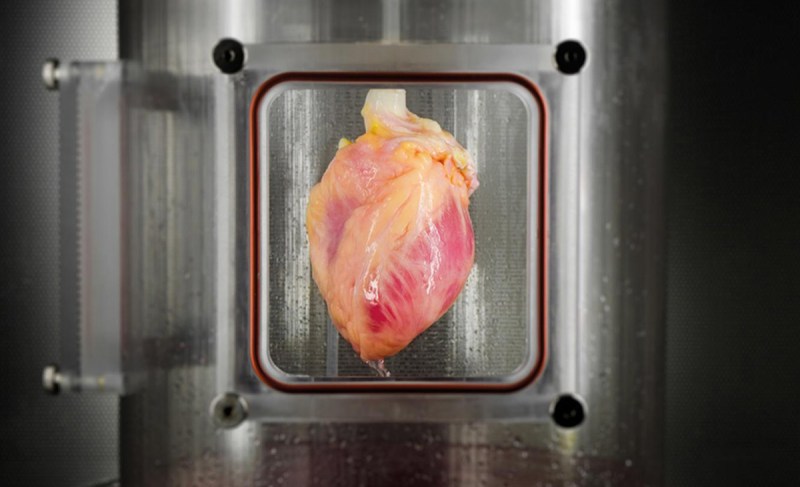
In a collaborative effort by Massachusetts General Hospital and Harvard Medical School, a team of scientists has grown functional human heart tissue from stem cells.
Led by Dr. Harald Ott, an assistant professor of Surgery at Harvard Medical School, the team stripped living cells (using detergent, of all things) from 73 donor hearts that had been deemed unfit for transplantation. Once those hearts had been decellularized, Ott’s team replaced the stripped-off tissue with new, lab-grown material made from stem cells. After allowing the new cells to grow with, and bond to, the hearts, the researchers jumpstarted them with shocks of electricity and they started beating.
Put that way, it almost sounds easy. However, the highly personalized nature of human organs complicates processes like these. Dr. Jacques Guyette, who also worked on this project, said in a press release that “generating functional cardiac tissue involves meeting several challenges … these include providing a structural scaffold that is able to support cardiac function, a supply of specialized cardiac cells, and a supportive environment in which cells can repopulate the scaffold to form mature tissue capable of handling complex cardiac functions.”
Basically, projects like this need donated hearts that are in good enough shape to withstand the decellularization process, the right kinds of stem cells to grow into cardiac tissue, and the right circumstances for that tissue to bond with a heart and replicate the growth process within the human body. A tall order, to be sure.
Previous research has been done using animal organs, but this study is the first to use human hearts. The end goal is to produce functional, transplantable organs that offset current organ shortage problems and pose less of a rejection risk once transplanted.
To read the paper published by Ott’s team in Circulation Research, click here.
—RealClearLife Staff
The Charge will help you move better, think clearer and stay in the game longer. Subscribe to our wellness newsletter today.























